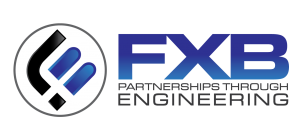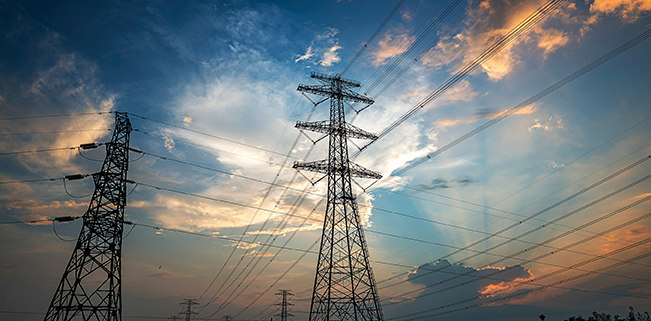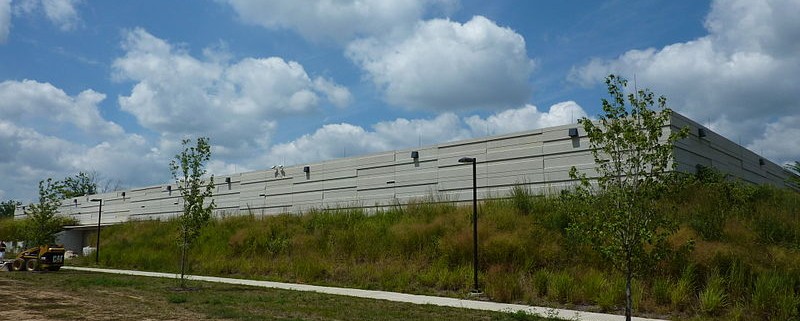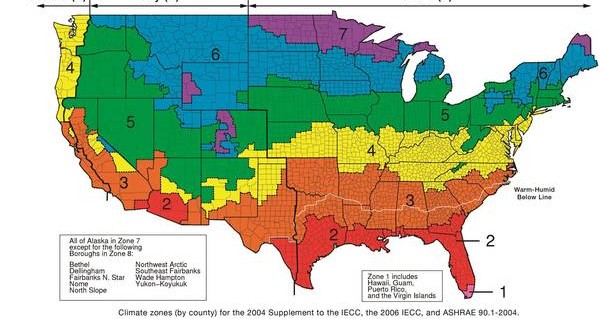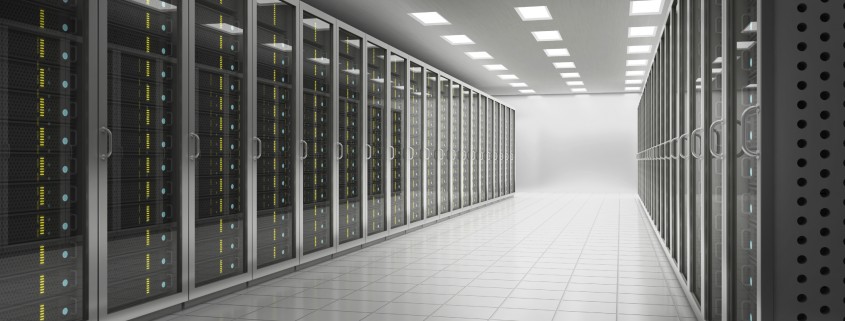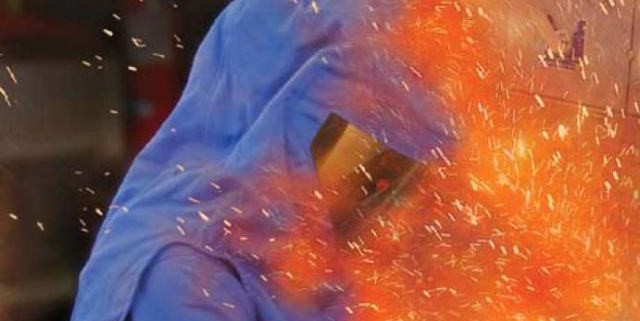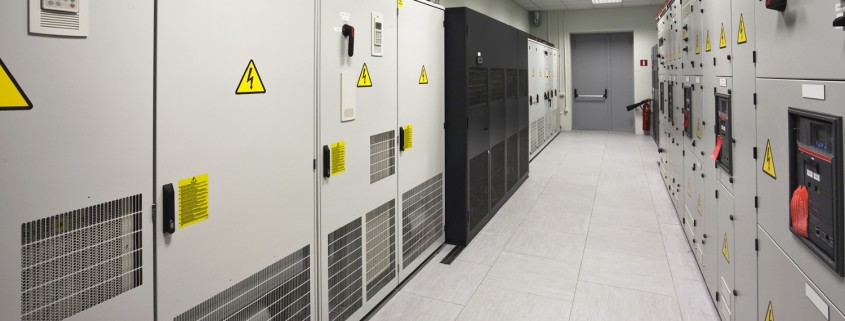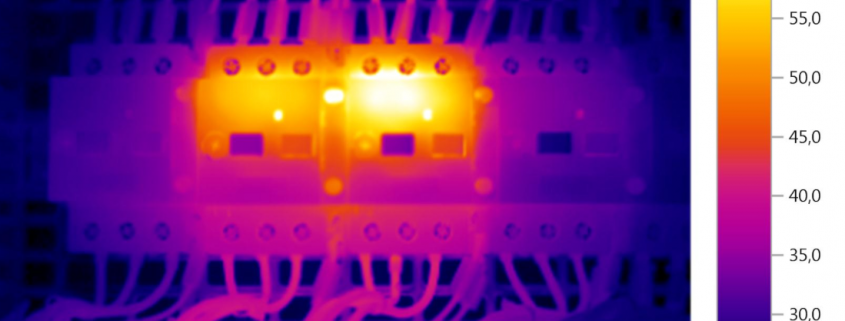http://www.hvacrbusiness.com/use-facility-date-to-provide-value-to-customers.html
Use Facility Data to Provide Value to Customers
Originally published: 09.01.16 by Paul Hepperla
Connecting equipment to existing building management systems pays dividends on your commercial accounts
Food retail facilities generate a significant amount of data, with information on key building systems, including HVAC and refrigeration equipment, which can provide an extensive picture of how their operations are running.
Facility data is only going to become more valuable as new technologies are assimilated into the enterprise, and connecting these systems is essential.
The challenge connected equipment addresses is that each of these facility systems has its own reporting practices, making it difficult to manage access for end-users; it is challenging to aggregate and mine all of the data for business intelligence.
The emergence of big data and the Internet of Things (IoT) are enabling better information management and, in turn, improved diagnostics and control of HVACR systems for retailers.
IoT is a network of physical items — refrigerated cases, ovens, buildings and other systems — implanted with electronics, software, sensors and network connectivity that enables the collection and exchange of data. Large and small retailers grow more agile with the use of IoT because the data insights they need to improve operations are freely obtainable. In turn, HVACR contractors can use this technology to their advantage to provide better service.
There are multiple sources that make up data collection.
A retail facility likely uses a building management system for monitoring real-time and historical log data, an energy management application, internal maintenance records — which is where you will see asset management work orders and preventive maintenance schedules — and external service provider data.
This information can be coupled with other data coming from the utility, customer satisfaction reports or even weather details, which — when combined with supplementary data — allows the retailer to better understand what is happening across their enterprise.
Same Equipment, Different Viewpoints
A driving factor for connecting facility equipment is to address the varied needs of retail end users. In most instances, helping retailers to lower energy and maintenance costs, protect food quality and freshness and assist with regulatory compliance are the initial needs to be fulfilled.
The latest facility controls software offers a user interface with information that is most relevant to the viewer based on their level or role within the organization. Basic equipment information, such as a quick view of cooler temperatures, is available along with more advanced data.
For example, condition-based maintenance programs, refrigerant leak detection strategies and other equipment monitoring services can be layered in with the core systems data to provide a full overview of facility operations.
Users can then analyze the data to help make strategic business decisions for operational improvement.
More data generates more precise communications. A broader view of the in-place equipment allows users to not only produce a performance report, but also provide valuable insights from the data extracted.
For example, with alarm information received through facility controls, retailers can determine their highest alarming sites or assets, but this only reveals a general area where a problem is occurring.
But, when the alarm information is tied to energy consumption and maintenance records for that same asset, the true cost of that sub-performing equipment will be apparent and can be prioritized correctly and serviced.
To achieve operational goals, contractors should offer a single convenient, central platform for end-users at all organizational levels to track facility data across multiple sites.
The service should enable centralized data collection and real-time views into refrigeration, HVAC and lighting systems enterprise-wide. Web browser and mobile access also ensures that vital facility data is available at the end-user’s fingertips.
Proper, Timely Installations
For HVACR contractors, performing installations correctly in less time is a great way to maintain a positive customer relationship. Using IoT to deploy connected devices takes this one step further.
Many food retail facilities currently utilize facility management systems to control HVAC, lighting and refrigeration. Some are even connecting commercial kitchen equipment to their existing systems. Verification-related insights can confirm whether new equipment was installed properly and is operating correctly.
Regardless of size, food retailer store environments will continue to be populated with legacy equipment and new generations of devices functioning on different operating systems.
By connecting the equipment through IoT, HVACR contractors can remotely upgrade these systems with the latest software. There will be minimal lost time for taking equipment down or swapping out pieces.
Technicians will not have to be onsite to make adjustments, translating to an improved user experience.
Embedded electronics also allow the contractor to remotely monitor equipment for quality control and improve on-time production.
Automated configuration can also save time and money for both the HVACR contractor and retailer. Through a connected system, technicians can download a program to a piece of equipment to allow it to be auto-configured. This can be especially productive for rolling out time consuming regional or national installations.
Think about a scenario where a chain of 500 stores scattered across 10 geographic regions wants to standardize its setup and configuration to minimize training. Traditionally, a contractor would install the program individually at each location or central management would ship the program on a disk or a flash drive and rely on store staff to manually install the updates.
That scenario may take months, and there is potential for human error on many fronts. There is also no confirmation that the system was installed properly and is now operating correctly.
With connected equipment, the program can be installed remotely, ensuring consistency and accuracy across the region — in addition to moving from a process that traditionally took months to updates made in minutes.
This action saves time on the installation and ensures regular programming of equipment software. Providing access to real-time and analytics data quickly will relieve management from having to derive that data on a singular basis. It also benefits the HVACR contractor who can complete the job quicker, get the customer online sooner and begin monitoring the equipment right away.
Remote Monitoring and Diagnostics
Now that the equipment is connected, contractors can leverage remote monitoring services to assist in troubleshooting and management of equipment for their retail customers. Monitoring centers are able to remotely process, triage and resolve system alarms around the clock.
The assessment of real-time equipment performance can provide timely information on energy expenditure, maintenance costs, refrigerant leaks and shrink causes.
With a connected enterprise, remote monitoring alerts technicians when equipment is not operating correctly. In many instances, the issue can be fixed over the phone or provide the contractor with information about the probable issue so they bring the right tools needed to make the repair.
With remote monitoring, diagnostic troubleshooting a maintenance issue falls on qualified individuals, allowing store personnel to focus on customers. These intelligent technologies can also determine whether an issue can be solved during business hours, avoiding overtime charges for the customer.
Preventing food loss and protecting customers from food borne illness are critical concerns for food retail operators. This is possible through monitoring services that work in conjunction with control systems, allowing retailers to preserve food quality with customized responses to HVACR system alarms.
Web-based alarm reports are generated automatically so that retailers have the insights they need to make informed operational decisions, and ultimately keep their customers safe.
Energy management is another critical area to monitor. Once temperature points have been established for equipment, retail customers may see set points return to non-optimized levels within 12 to 18 months of initial setup.
Service can be implemented remotely to fix this issue and help retailers sustain energy savings in the long term while ensuring that operational issues are actually fixed — rather than masked.
The technology will use data to model energy performance across the enterprise and trigger notices, warnings or alarms to the facility operator, who can take corrective action to preserve energy savings.
Real Benefits for Retailer
One supermarket customer saw the real benefits of equipment monitoring through the use of compressors equipped with sensors, which ultimately helped to protect the refrigeration system.
With connected technology, technicians were able to detect system faults before they led to bigger problems, preventing expensive food loss and equipment failure.
The sensor detected a voltage imbalance, triggering the shutdown of the compressor. Weeks later, the sensor shut down the compressor and reset it again after detecting a missing phase and no 3-phase faults.
On closer inspection of the recent errors, the refrigeration system technician identified and replaced a faulty contactor.
Without the sensor connectivity, the compressor would have continued cycling and led to a single-phase motor burn. The supermarket avoided a compressor failure and saved approximately $6,000.
Actionable Insights
Working with food retailers to adopt a solid IoT plan allows real time troubleshooting and diagnosis of HVACR issues.
Once the connected equipment is installed, retailers will be able to cost-effectively monitor, diagnose and remedy issues quickly while also maintaining uptime, which is critical to meeting customer expectations and building a positive brand reputation.
